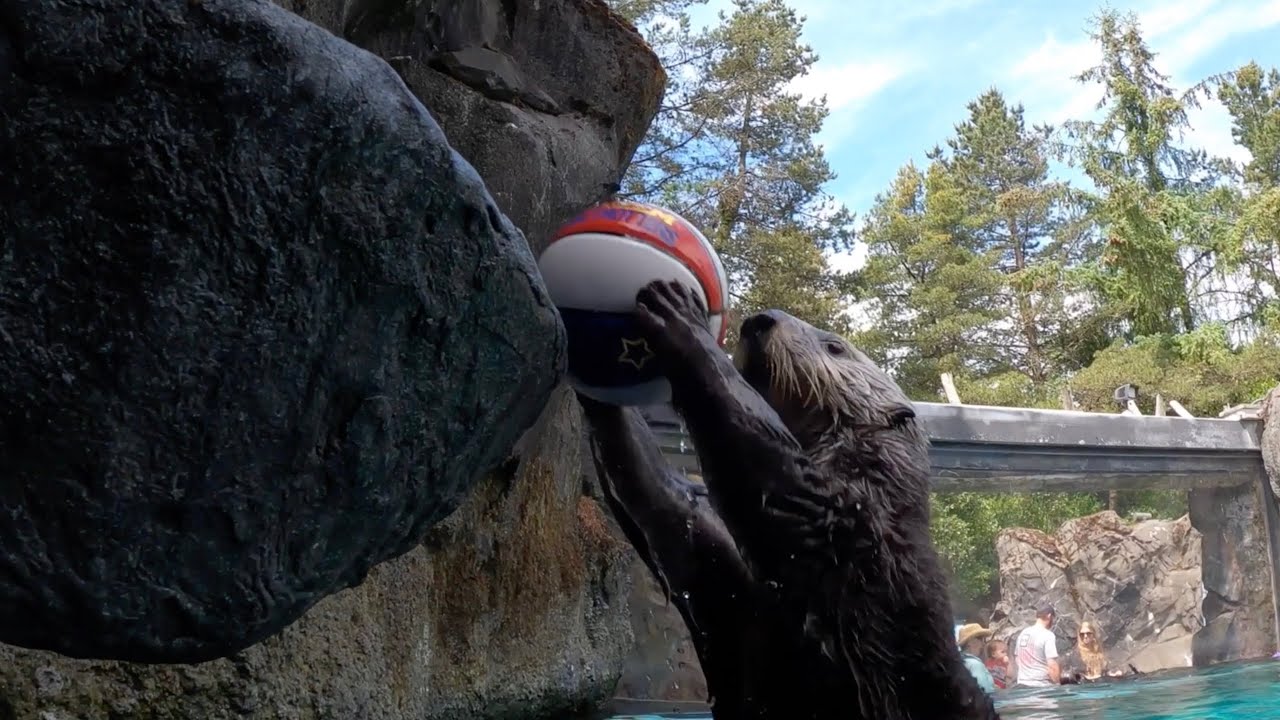– The role of zoos in wildlife conservation and education, illustrated through engaging events like the anniversary of a slam-dunking sea otter.
– Insights into the behavior and physical capabilities of sea otters, with a focus on their use of tools and play.
– The impact of human activities on marine ecosystems and the importance of active conservation efforts to protect species like the sea otter.
– Strategies for engaging the public in wildlife conservation through interactive and educational programming.
The anniversary of a slam-dunking sea otter is a fascinating case study that examines the critical role of zoos in wildlife conservation and education. Zoos have evolved from mere sites for public entertainment to centers for conservation research, breeding programs for endangered species, and public education on environmental stewardship. This event showcases how zoos can make conservation education engaging and accessible to broad audiences, fostering a deeper connection between visitors and wildlife.
Sea otters are a species of considerable interest within zoology due to their unique behaviors and physical adaptations. Known for their intelligence and skill, sea otters use tools to access food, a behavior uncommon in marine mammals. The slam-dunking activity of the sea otter in question not only entertains but also demonstrates the animal’s natural behaviors and physical capabilities. Such demonstrations can prompt discussions about the natural habitats of sea otters and their roles in marine ecosystems, particularly in kelp forest ecosystems, where they help control the sea urchin population and the threats they face from pollution, overfishing, and climate change.
Human activities have significantly impacted marine ecosystems, with species like the sea otter suffering from habitat loss, pollution, and climate change. These issues underscore the need for comprehensive conservation efforts, including habitat protection, pollution control, and climate change mitigation. The story of the slam-dunking sea otter can serve as a springboard for conversations about these broader environmental challenges and the steps individuals and communities can take to protect marine ecosystems.
Engaging the public in wildlife conservation efforts is essential for fostering a culture of environmental stewardship. Interactive and educational programming, such as celebrating the anniversary of a slam-dunking sea otter, can increase public interest in and commitment to conservation. These programs should aim to educate visitors about the species in focus, their ecological roles, and the conservation challenges they face while also providing practical advice on how individuals can contribute to conservation efforts.
By presenting wildlife conservation in an engaging and informative manner, zoos can play a pivotal role in promoting environmental awareness and action among the public. Events like the anniversary of a slam-dunking sea otter are effective tools for drawing attention to the importance of conservation and encouraging visitors to support conservation efforts. Through such initiatives, zoos contribute to the preservation of endangered species and inspire a new generation of conservationists committed to protecting the planet’s biodiversity.
*****
Source Description
Happy otterversary Juno! She joined the sea otter family 10 years ago, after being found as an orphan and rescued by Monterey Bay Aquarium.


